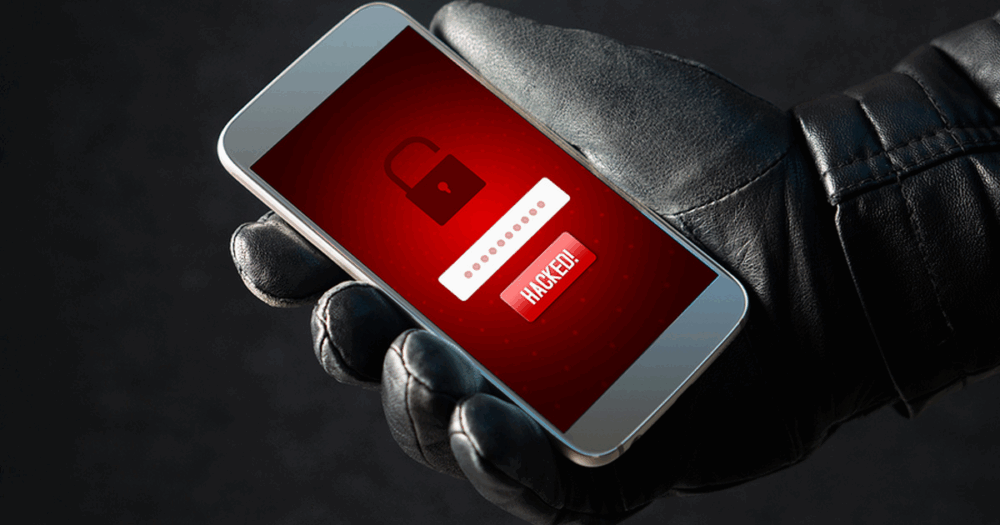Main Mobile Threats for Russian Users: Scam and Ransomware Apps
Kaspersky Lab has analyzed the mobile threat landscape in Russia for January through March 2022. Experts highlight a significant number of fraudulent apps distributed through official app stores and advise users to be wary of scams promising social benefits.
Scam Apps Promising Social Payments
One of the most common types of these apps are scams that promise social payments. After downloading, users are redirected to a page where they are asked to enter personal information (such as their full name). The app then displays the supposed amount of compensation owed to the user. To receive this payment, users are told they must pay a “commission” for the transfer or legal services. If the user agrees, the scammers profit, while the victim loses money and receives nothing in return.
Fake Investment Apps
There are also scam apps that claim to offer investment opportunities in the gas industry. After installation, these apps redirect users to a fake exchange platform where only the scammers make money.
Subscription Trojans and Premium SMS Services
Other types of fraudulent apps may sign users up for expensive subscriptions or connect them to paid SMS services without their consent. These are known as subscription trojans.
Ransomware and Locker Trojans
Another significant mobile threat observed in the first quarter was ransomware and locker trojans. Researchers report that Russia is among the top ten countries with the highest share of users attacked by these threats.
In the first quarter of 2022, the leading malware in this category remained Pigetrl.a. After locking the device, it prompts the user to enter a code but provides no way to obtain it. The message “No one will send you the code!” indicates this is intentional, not an error. In reality, the code is embedded in the trojan’s code. The vast majority of attacks by this malware (94%) targeted users in Russia.
Source
Onion Market — a free P2P exchange on Telegram. We offer XMR, BTC, and USDT.TRC20.



